Journal list menu
Export Citations
Download PDFs
Cover Picture
Cover Picture: Visible Light Accelerated Vinyl C–H Arylation in Pd-Catalysis: Application in the Synthesis of ortho Tetra-substituted Vinylarene Atropisomers (Chin. J. Chem. 1/2018)
- Page: 1
- First Published: 15 December 2017
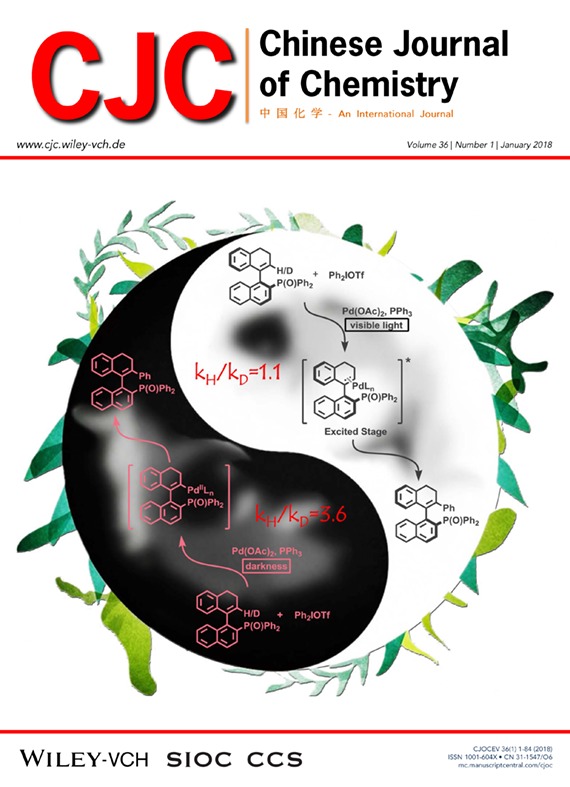
The cover picture shows a protocol of a palladium-catalyzed arylation of vinylarenes with diaryliodonium salts with the assistance of visible light. A palladium-vinylarene complex may be excited via the visible light irradiation, where the kinetic isotope effect (kH/kD) was around 1.1. However under darkness, the reaction proceeded very slowly, and the kinetic isotope was found as 3.6, indicating the C—H bond cleavage step is the rate-determining step. This protocol avoided high reaction temperature and enabled us to access a series of ortho tetra-substituted vinylarene atropisomers with high enantiospecificity. More details are discussed in the article by Gu et al. on page 11–14.
Editorial
Call for Associate Editors: New Development Stage of Chinese Journal of Chemistry
- Page: 3
- First Published: 15 December 2017
Contents
Breaking Reports
Visible Light Accelerated Vinyl C–H Arylation in Pd-Catalysis: Application in the Synthesis of ortho Tetra-substituted Vinylarene Atropisomers
- Pages: 11-14
- First Published: 02 November 2017

Palladium-catalyzed vinyl C–H functionalization with diaryliodonium was promoted by the irradiation of visible light. Under darkness the C–H activation step is the rate determining step, and kinetic isotope effect (KIE) is around 3.6. With the aid of visible light, the C–H activation step was significantly accelerated and KIE was changed to 1.1.
Iron-Catalyzed Aerobic Oxidation of Aldehydes: Single Component Catalyst and Mechanistic Studies
- Pages: 15-19
- First Published: 30 October 2017
Comprehensive Reports
Rh/Lewis Acid Catalyzed Regio-, Diastereo- and Enantioselective Addition of 2-Acyl Imidazoles with Allenes
- Pages: 20-24
- First Published: 20 October 2017
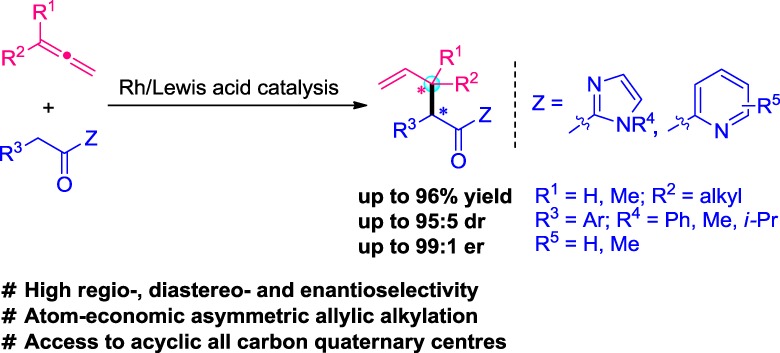
A highly regio-, diastereo- and enantioselective addition of 2-acyl imidazoles or 2-acyl pyridines with allenes promoted by Rh/Lewis acid synergistically catalytic system is described which leads to the formation of the branched allylic alkylated products including acyclic quaternary all-carbon stereogenic centres in good yields with good to excellent diastereo- and enantioselectivities.
Organic Nanoprobes for Fluorescence and 19F Magnetic Resonance Dual-Modality Imaging
- Pages: 25-30
- First Published: 07 November 2017
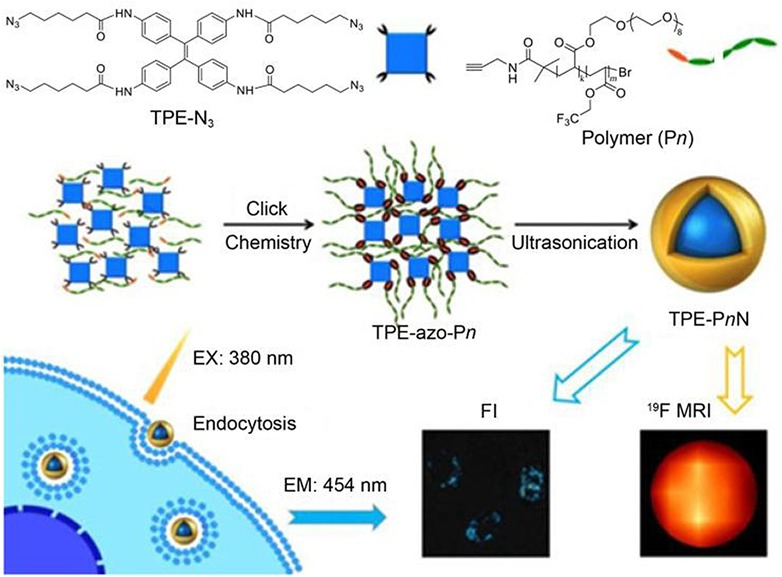
A polymeric nanocomposite probe for simultaneous fluorescence and 19F magnetic resonance dual-modality imaging has been fabricated by means of integrating the hydrophobic fluorescence organic core with the hydrophilic fluorinated copolymer shell, which demonstrates high water stability, good biocompatibility, strong fluorescence and excellent 19F MRI performance.
Morphology-controlled Electrodeposition of Copper Nanospheres onto FTO for Enhanced Photocatalytic Hydrogen Production
- Pages: 31-36
- First Published: 07 November 2017
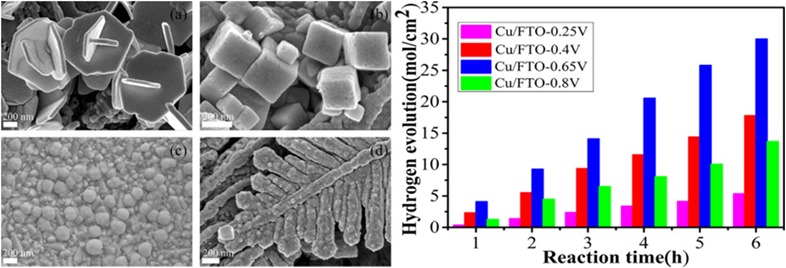
This manuscript describes a new kind of photocatalyst Cu/FTO prepared by electrodeposition method. The morphology of Cu on FTO can be nanoparticle, nanoslices or nanodendrites which varied with the depositing potential. Cu/FTO presented stable photocatalytic H2 evolution ability. Electrodeposition potential and time have a significant effect on the amount of H2 evolution.
Concise Reports
Enhanced Electrocatalytic Activity of Dual Template Based Pt/Cu-zeolite A/Graphene for Methanol Electrooxidation
- Pages: 37-41
- First Published: 14 October 2017
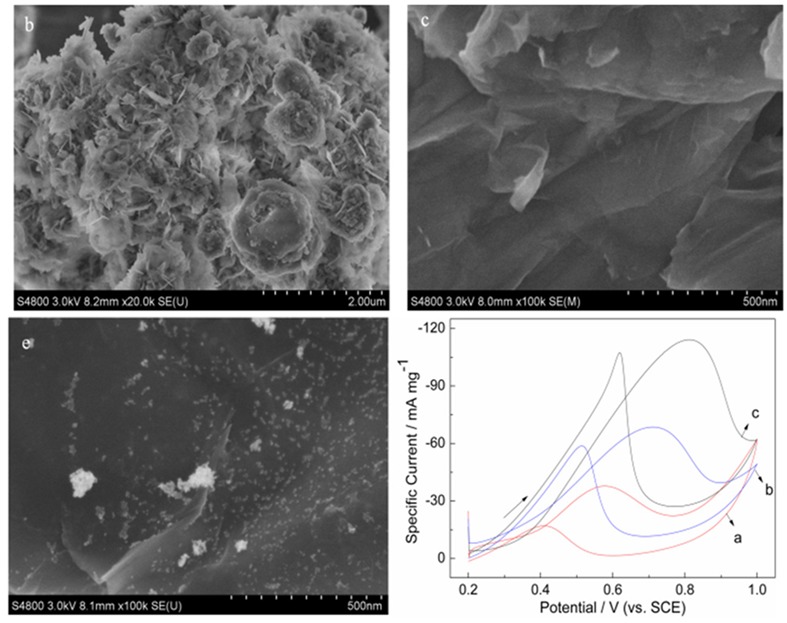
A novel Pt/Cu-zeolite A/graphene based electrocatalyst was successfully prepared by chemical reduction method for methanol electrooxidation. The upper and lower left are SEMs of Cu-ZEA, RGO and Pt/Cu-ZEA/RGO, respectively. The lower right is CVs of Pt/RGO/GCE (a), Pt/ZEA/RGO (b) and Pt/Cu-ZEA/RGO/GCE (c) at 0.5 V in 0.10 mol/L H2SO4 + 0.50 mol/L CH3OH solution.
Fluorescence Responses of the Protonation and Deprotonation Processes between Phenolate and Phenol within Rosamine
- Pages: 42-46
- First Published: 20 October 2017

Two rosamine-based pH probes 1a and 1b exhibit near OFF–ON fluorescence responses around 550–750 nm towards the hydrogen ions. Protonation and deprotonation processes between phenolate and phenol within rosamine were evaluated. The pKa of the probe 1a is 8.29, while that of the probe 1b increases to 12.1 because of the hydrogen bond inside it. And probe 1a was found to be a mitochondria biomarker for HeLa and Ges-1 cells.
Copper Catalyzed Asymmetric [4 + 2] Annulations of D-A Cyclobutanes with Aldehydes
- Pages: 47-50
- First Published: 20 October 2017
Layer-by-Layer Approach to Superhydrophobic Zeolite Antireflective Coatings
- Pages: 51-54
- First Published: 20 October 2017
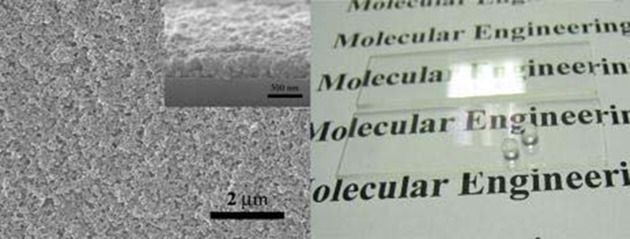
Zeolite antireflective (ZAR) coatings have been successfully prepared by LBL assembly method with silicalite-1 nano-crystals and polyelectrolyte, followed by calcination to eliminate the organic component. A superhydrophobic ZAR coating can be obtained by chemical modification. The present work demonstrates that zeolites are excellent materials for highly transparent superhydrophobic coatings.
Ligand-Controlled Copper-Catalyzed Highly Regioselective Difluoromethylation of Allylic Chlorides/Bromides and Propargyl Bromides
- Pages: 55-58
- First Published: 09 November 2017
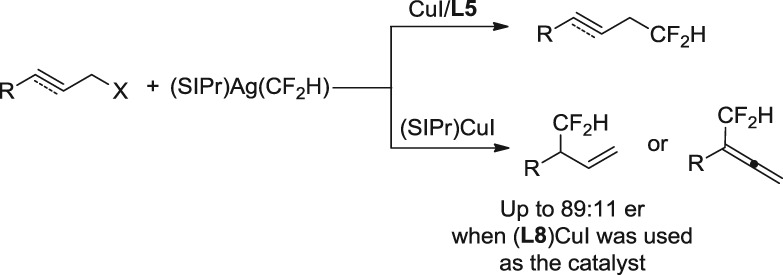
Highly regiodivergent copper-catalyzed allylic/propargylic difluoromethylation reactions by employing different ligands are described. When 5,6-dimethyl-1,10-phenanthroline was used as the ligand, exclusively α-difluoromethylated products were obtained, while γ-selective difluoromethylated products were generated when N-heterocyclic carbene-SIPr was used as the ligand. Likewise, high α- vs. γ-selectivities were achieved in the presence of similar copper catalysts for the reactions of propargyl bromides.
pH-Responsive Host−Guest Complexation between a Water-soluble Pillar[7]Arene and a 2,7-Diazapyrenium Salt and Its Application in Controllable Self-assembly
- Pages: 59-62
- First Published: 09 November 2017
Critical Review
Lanthanide Inorganic Solids Based on Main Group Borates and Oxyanions of Lone Pair Cations
- Pages: 63-72
- First Published: 17 November 2017
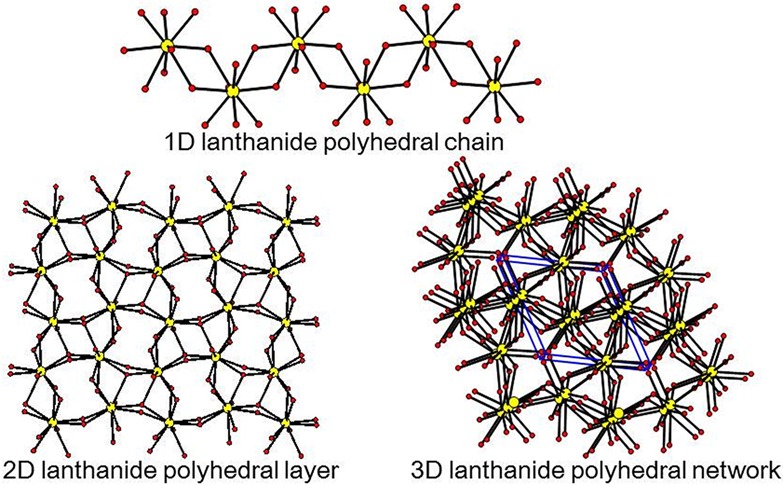
Lanthanide borates containing Ga(III), Ge(IV), Sb(V) or Te(VI), and lanthanide oxyanions of lone pair cations, such as I(V), Se(IV) and Te(IV), were reviewed. The connectivity style of the Ln polyhedra is miscellaneous. Compounds with multifunction, such as magnetic, photoluminescent and SHG properties, were found in these systems.




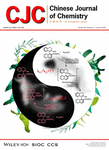

![Copper Catalyzed Asymmetric [4 + 2] Annulations of D-A Cyclobutanes with Aldehydes](/cms/asset/6f238a5e-acd3-4086-99aa-2cd020e4f216/cjoc201700584-toc-0001-m.jpg)
![pH-Responsive Host−Guest Complexation between a Water-soluble
Pillar[7]Arene and a 2,7-Diazapyrenium Salt and Its Application in
Controllable Self-assembly](/cms/asset/2a7ae23b-ecc6-4487-8454-a1ecc1b45a87/cjoc201700601-toc-0001-m.jpg)




